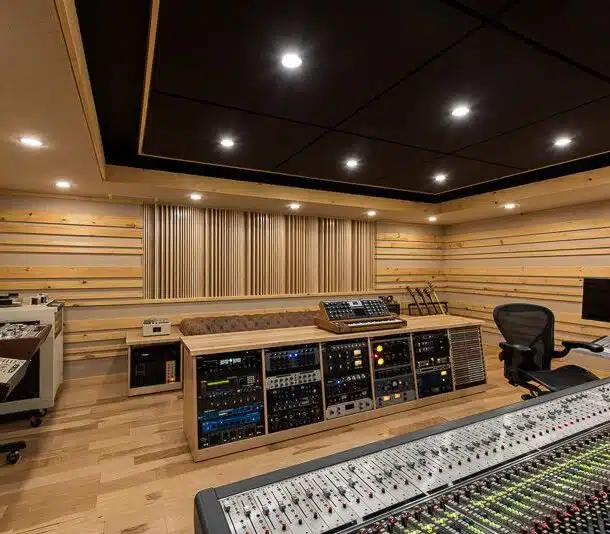
How to Choose the Right Acoustic Barrier for Noise Reduction in UAE Buildings.
Introduction:
In bustling urban areas like the UAE, noise pollution can be a significant challenge that affects the quality of life for
residents. Choosing the right acoustic barrier for noise reduction is essential to create a peaceful and serene
environment within buildings. In this blog post, we will discuss important factors to consider when selecting an
acoustic barrier for effective noise reduction in UAE buildings, helping you make an informed decision and enjoy a
quieter living or working space.
Right Acoustic Barrier for Noise Reduction
1. Understand Noise Sources:
Begin by identifying the specific sources of noise in your building. Is it traffic noise, neighbor conversations, or mechanical equipment? Understanding the primary sources will guide you in choosing the appropriate acoustic barrier that targets those specific noise frequencies.
2. Sound Transmission Class (STC) Rating:
The Sound Transmission Class rating measures how well a material or barrier reduces sound transmission. Look for acoustic barriers with high STC ratings, as they provide better sound insulation. In general, a higher STC rating indicates a more effective acoustic barrier.
3. Impact Insulation Class (IIC) Rating:
If you are concerned about impact noise, such as footsteps or furniture moving, consider the Impact Insulation Class rating. This rating assesses the barrier’s ability to reduce impact sound transmission. Opt for materials with a higher IIC rating for effective impact noise reduction.
4. Density and Thickness:
The density and thickness of an acoustic barrier play a crucial role in its performance. Dense materials are more effective in blocking sound, while thicker barriers provide better sound absorption. Consider materials like mass-loaded vinyl, soundproof drywall, or acoustic panels that offer high density and thickness for optimal noise reduction.
5. Fire Safety:
Ensure that the chosen acoustic barrier complies with fire safety regulations. Look for materials that are fire-resistant or have been tested and certified for fire safety. This is especially important in buildings where strict fire codes are enforced, ensuring both noise reduction and safety.
6. Installation Considerations:
Evaluate the installation process and requirements of the acoustic barrier. Some barriers may require professional installation, while others are more DIY-friendly. Consider the complexity, time, and cost associated with the installation process to choose the option that best fits your needs.
7. Aesthetics and Space Considerations:
The aesthetic aspect is also important, especially if the acoustic barrier will be visible in the space. Look for options that align with your interior design preferences and complement the existing décor. Additionally, consider the space available for the installation, as some barriers may require additional space or modifications.
Conclusion:
Selecting the right acoustic barrier is crucial for effective noise reduction in UAE buildings. By considering factors
such as noise sources, STC and IIC ratings, density, thickness, fire safety, installation requirements, aesthetics, and
space considerations, you can make an informed decision. Remember that different areas within the building may
require different types of acoustic barriers based on their unique noise characteristics. By investing in the
appropriate acoustic barriers, you can create a quieter and more comfortable environment, promoting a higher
quality of life for residents and improving productivity in workplaces.



